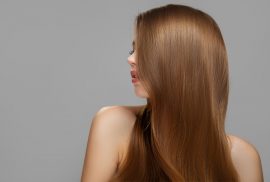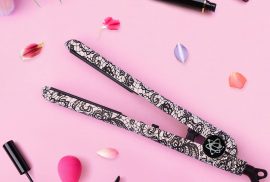12 Simple Ways to Repair the Look of Damaged Hair
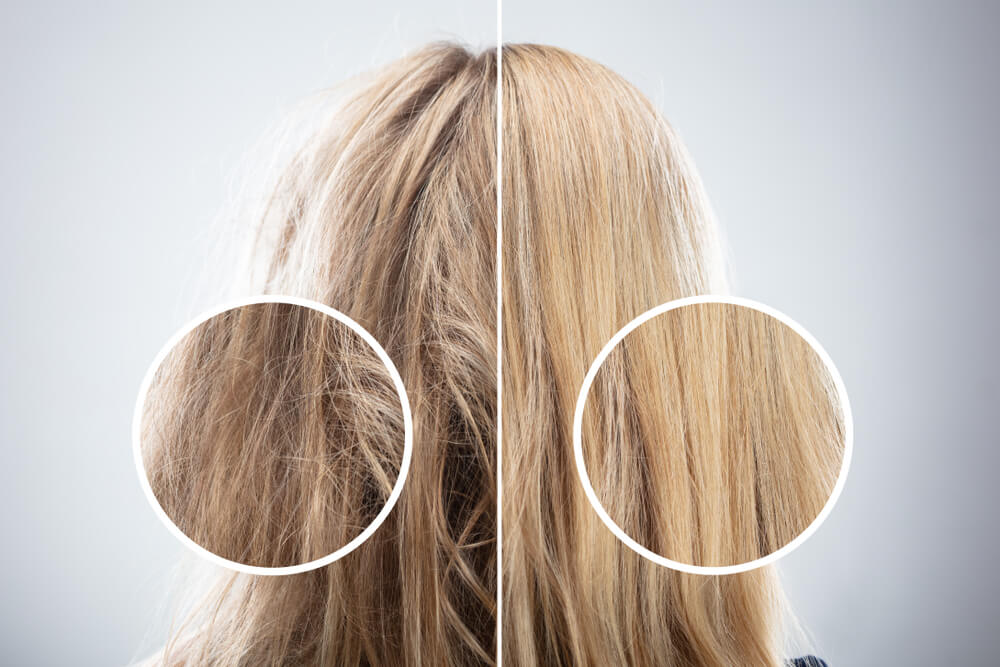
It’s usually easy to tell when you’re dealing with damaged hair. You’ll notice split ends, breakages, dryness, brittle strands, and probably some frizz too. Your hair will also look dull and lifeless, lacking its natural gloss and bounce.
For the most part, repairing hair that has already been broken or split is impossible. There’s nothing that you can do to physically fuse those broken pieces back together.
However, the good news is that there are several steps that you can take to give your hair a smoother and softer finish while also preventing the appearance of further damage from developing. Read on as Evalectric shares 12 of the best ways to do just that!
1. Use a Conditioner Each Time You Shampoo
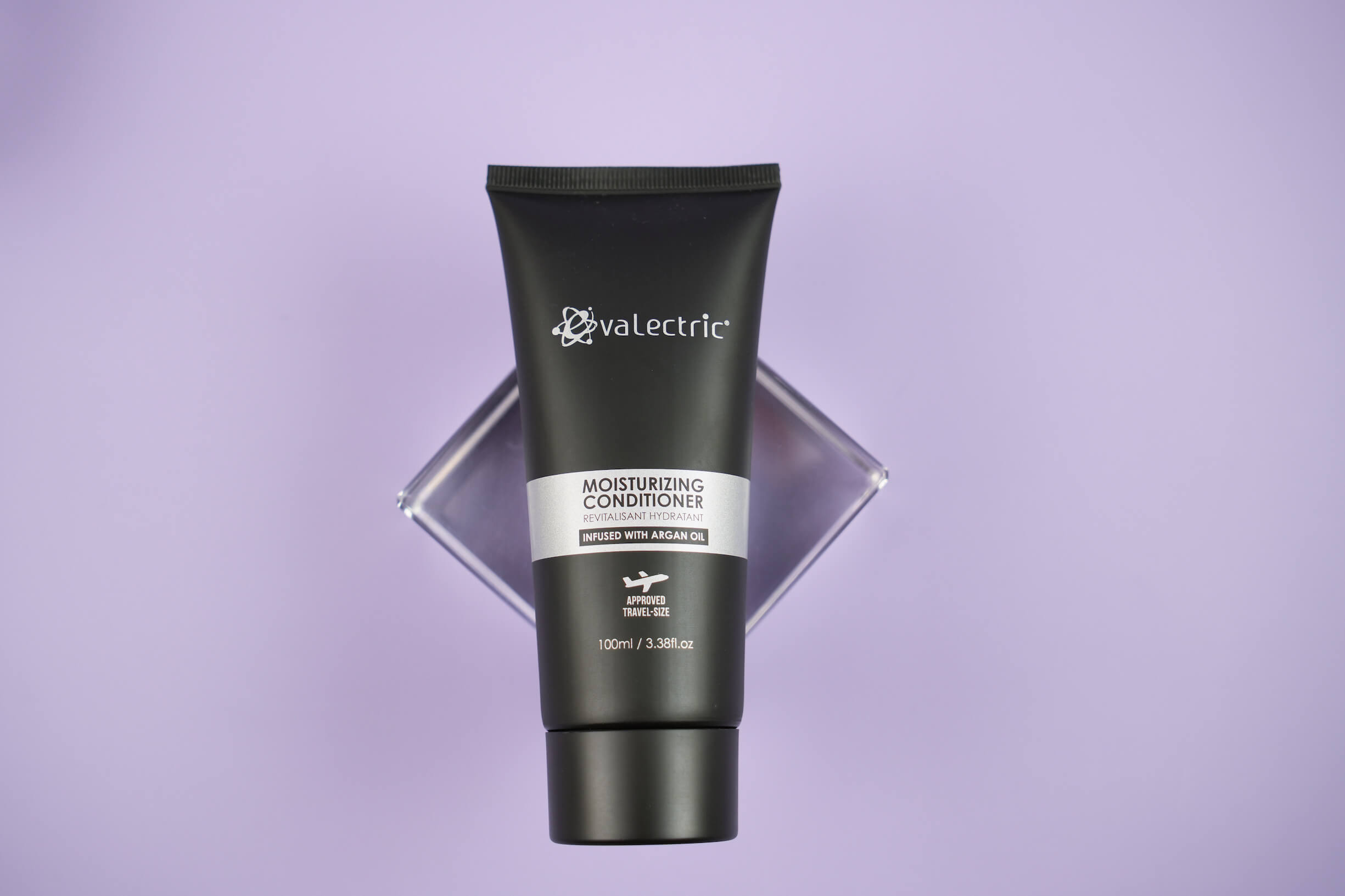
If your hair is damaged, then this means that the protective outer layer that covers each strand has been stripped. The best way to leave that layer feeling replenished is by using a conditioner that contains emollient ingredients, such as plant oils. They’ll coat your strands with their own layer, therefore leaving your hair feeling protected against further environmental harm.
One conditioner that does this brilliantly is the Evalectric Moisturizing Conditioner. It’s infused with argan oil, which has been proven to help protect the hair from the appearance of oxidative damage. Apply it to your locks after every shampoo and you’ll soon find that your hair feels much softer and easier to manage.
2. Trim Away Split Ends
As mentioned, it’s not possible to repair hair that has already been broken or split. However, leave those split strands in place and those breakages will only end up traveling up your hair shaft, causing even more damage.
The only way to put a stop to this vicious cycle is by trimming away your damaged hair. This will leave the rest of your hair looking healthier while also preventing more split ends from forming.
Ideally, you should be having your hair trimmed every six to eight weeks. While you’re there, speak to your hairstylist about different haircut options. They may be able to recommend a cut that makes your hair easier to care for, which could help you to keep your strands safe from more damage.
3. Shampoo Wisely

Regularly shampooing your hair is essential but, when dealing with damaged hair, you need to go about this very carefully. Using the wrong shampoo or shampooing your hair too often will only exacerbate the damage that you’re dealing with, leaving your hair’s protective layer even more stripped.
So, to start with, if you have damaged hair, always use a gentle shampoo. The Evalectric Moisturizing Shampoo, with its infusion of argan oil, would be a great choice.
Then, make sure that you’re shampooing your hair at the right frequency. When it comes down to it, the less you wash your damaged hair, the better. If you’re able to get away with shampooing it just once a week, then do so. If not, then go ahead and wash it twice a week, but avoid shampooing it more often than this.
4. Always Apply a Heat Protectant Before Heat Styling
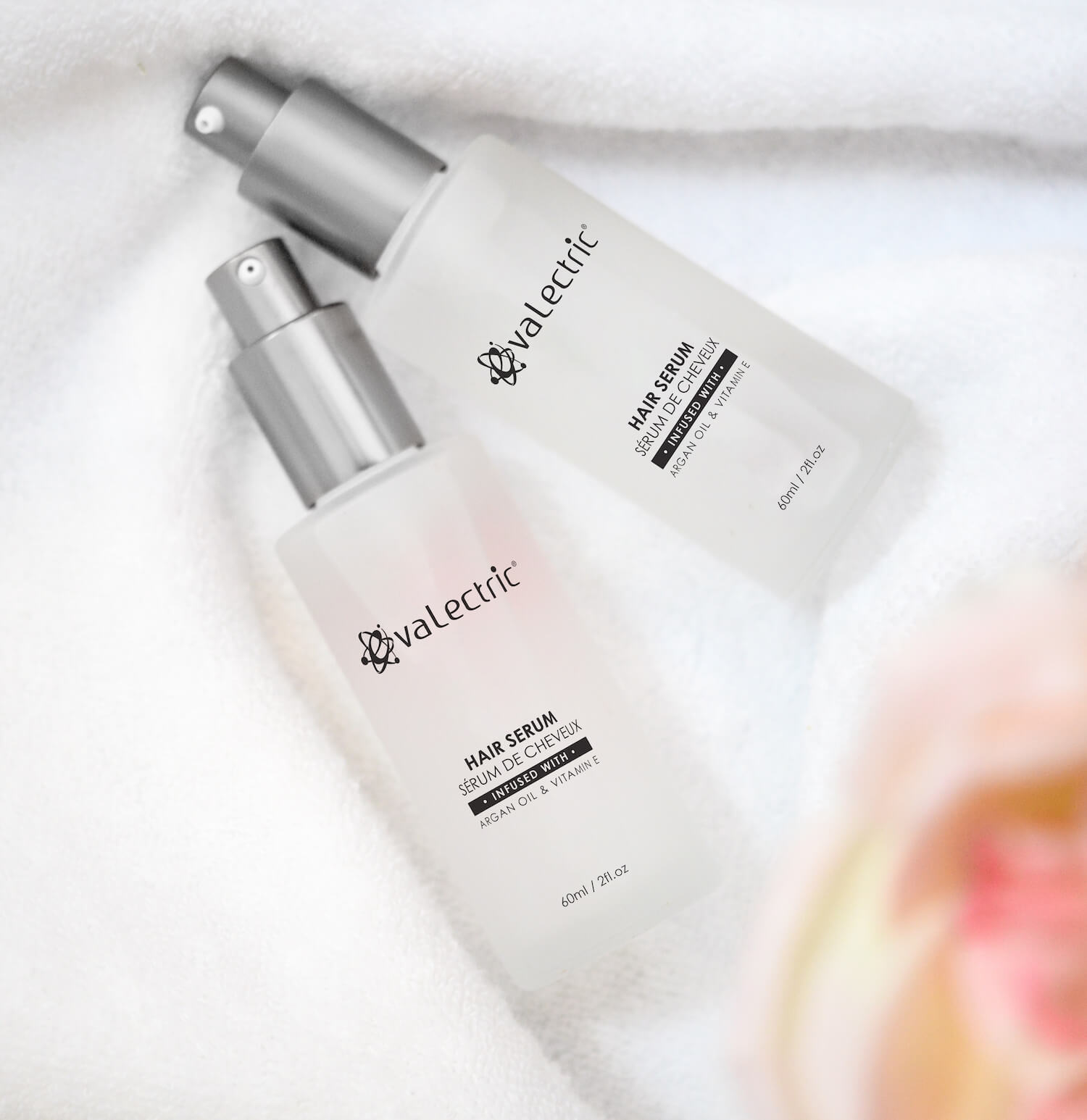
For many people, their damaged hair is caused by heat styling. While there are plenty of heated styling tools available now that cause minimal damage (we’ll talk more about them soon!), it’s always a good idea to protect your hair from the high temperatures emitted by styling tools.
The best way to do this is by applying a heat protectant to your locks. These products coat each strand of hair, taking the full brunt of the direct heat so that your hair doesn’t need to.
There are plenty of dedicated heat protectants out there but, if you would prefer to invest in a more multifunctional product, consider a hair serum instead. For example, if you were to apply the Evalectric Hair Serum to damp hair and then use a heated styler once your locks are dry, your hair will feel shielded from the heat while also looking glossier, smoother, and healthier.
5. Blow Dry From a Distance

If you hold your hairdryer relatively close to your hair while you’re drying it, this could be one of the reasons behind your damaged locks. The closer your hair is to the blast of heat emitted by your hairdryer, the more you’ll be stripping away your hair’s protective layer.
So, how far away should you be holding your blow dryer? Research shows that the optimal distance would be about 15cm, or roughly six inches. At the same time, you should also be keeping your hairdryer in constant motion. Avoid aiming it at the same area of hair for more than a second or two at a time – this will create a hot spot that could leave your strands feeling burnt.
While you’re at it, pick a hairdryer that prioritizes minimizing the look of damage, such as the Evalectric Pro Beauty Dryer. Not only does it make styling a breeze but it’s also extremely customizable to enable you to give your hair type the precise amount of heat that it needs.
6. Protect Your Locks From the Sun
Did you know that sun exposure can leave the hair feeling brittle? It also increases your chances of experiencing breakages. Although studies show that lighter-colored hair is more susceptible to this, UV rays cause serious harm to all hair colors and types, making it important to protect your strands from the sun.
How? One way would be to invest in a hair care product that offers UV protection. Alternatively, simply wearing a hat will effectively block the sun’s UV rays from penetrating your strands while also keeping your scalp feeling safer.
7. Lower the Temperature of Your Heated Styling Tools
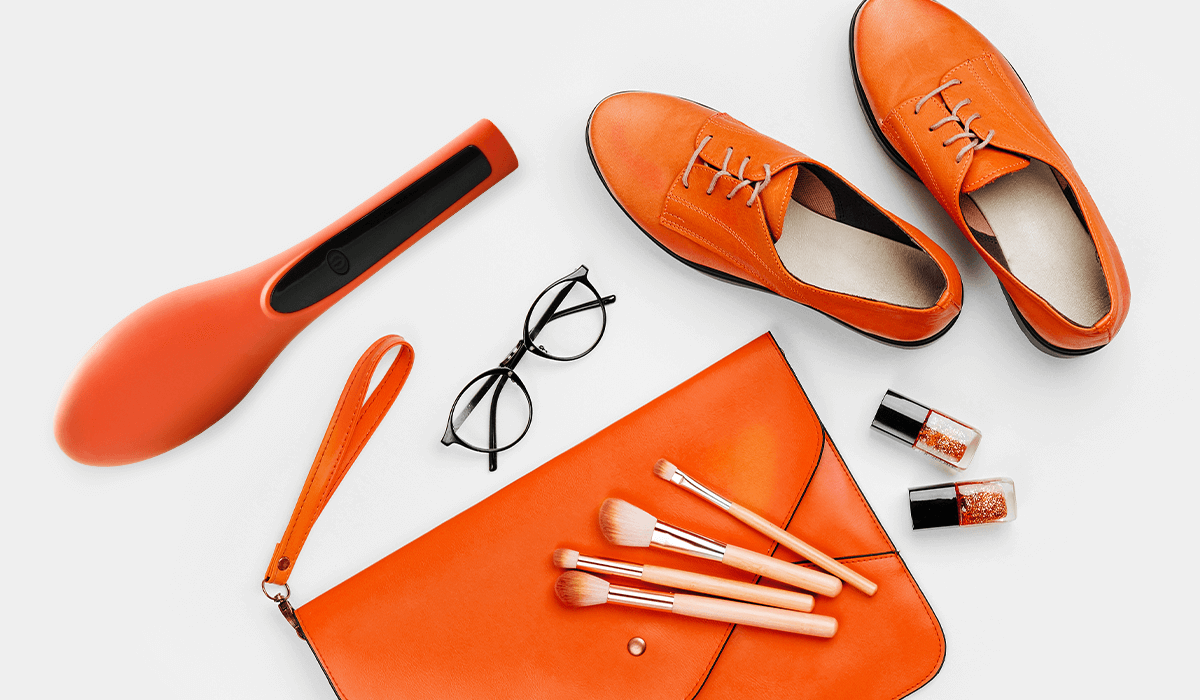
As we mentioned earlier, heat is a big culprit when it comes to damaged hair. However, if you’re not ready to cast your heated styling tools aside just yet, the next best thing that you could do for your locks would be to use styling tools that offer an adjustable temperature. This way, rather than subjecting your hair to high levels of heat, you can dial things down to give your locks just enough heat to style them, but not enough to damage them.
At Evalectric, the majority of our heated styling tools offer an adjustable temperature control. From our French Lace Classic Styler to our Straight Brush Styler, these tools allow you to pick the perfect heat setting for your locks.
8. Never Heat Style Damp Hair
If you often heat style your hair, then chances are that, at some point in time, you’ve accidentally run your styling tool over damp locks. You’ll immediately know when this happens as your hair will let out a soft sizzle, and you may also see some steam rising.
Each time this happens, you’re causing some serious harm to your strands. The steam that you see is a sign of damage and breakage. It will leave your hair brittle, frizzy, and possibly also burnt.
Ideally, in order to prevent your damaged hair from worsening, make sure that your hair is 100% dry before you tackle it with a heated styling tool.
9. Pamper Your Strands With a Weekly Hair Mask
Conditioners are great but, if you want to give your hair a more intensive dose of ingredients, then you’ll need a hair mask. Although they’re similar to conditioners in some ways, hair masks usually contain a much higher concentration of ingredients. This is why they should only be used weekly – overloading your strands with those potent ingredients could lead to a number of problems.
You may think that a weekly hair mask isn’t going to be capable of transforming the look of damaged hair, but this is where you’d be wrong. Pick a hair mask that contains hydrating and moisturizing ingredients, including plenty of plant oils, and you’ll soon notice that your hair starts to feel stronger and more resilient.
10. Use a Hairbrush With Soft and Flexible Bristles
If you often seem to lose a large amount of hair each time you brush your locks, then this is a sign that you may need to upgrade your hairbrush. The way in which some hairbrushes, particularly those that have a small ball on the end of each bristle, tug and pull at the hair only encourages breakages.
Instead, look for a hairbrush that offers smooth and flexible bristles. They should feel soft rather than abrasive and, ideally, they should also be spaced relatively wide apart, just like the spacing between teeth on a comb.
While we’re on the topic, avoid brushing damaged hair too often. When you do brush it, be gentle. Start at the ends and work your way up to the roots, rather than immediately brushing from the roots downward.
11. Go For Looser Hairstyles
Do you often pull your hair back into a tight ponytail or bun?
If so, you need to be aware of the damage that you’re causing each time you do this. When trying to repair the look of damaged hair, it’s important to be extremely gentle with your locks and this isn’t possible if your hair has been harshly pulled back into a tight hairstyle. This only puts pressure on your roots, increasing your chances of dealing with new breakages.
To prevent this, try experimenting with looser hairstyles. Whether you leave your hair down or tie it into a loose braid, look for styles that allow your hair to relax rather than placing extra tension on your strands.
12. Soak Your Hair Before Swimming
Another big culprit behind damaged hair is chlorine, along with the other chemicals that can be found in a swimming pool. Each time you go for a dip, your hair soaks these chemicals up, where they then wreak their damage.
To reduce the amount of chemicals that your hair is exposed to, give it a soak in clean water before entering a swimming pool. Saturating your dry strands with clean water will cut back on how much pool water it absorbs, saving you from chemical-laden strands once you’re doe.
Repair the Look of Damaged Hair With Evalectric
Not only does damaged hair look dry, rough, and lackluster, but it’s also much trickier to manage and style. By following the tips above and making an effort to repair and prevent the appearance of damage, your locks will soon start to take on a healthier-looking sheen, giving you a gorgeous mane that you can be proud of.
Click here to pamper your hair with more bestsellers from Evalectric.



